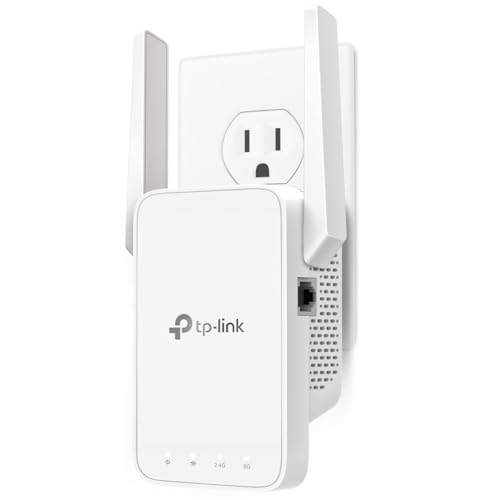TCP / IP
TCP / IP is a protocol suite for internet usage. Two protocols are named in this protocol suite. These two protocols are: Transmission Control Protocol (TCP) and Internet Protocol (IP). TCP is used for connection-oriented reliable transmission services, and IP is used to determine the address of each host on that network.
What is TCP?
TCP is the transmission control protocol. It creates connection through a connection-oriented signal.
Let’s discuss IP
What is IP?
The TCP / IP network is assigned a number to each host. This number is the IP which is 32 bits. These 32 bits, 6 bits are divided into 4 parts.
The IPs are divided into 5 parts:
- Class-A
- Class-B
- Class-C
- Class-D
- Class-E
Class-A
Net Host Host Host
8 bit 8 bit 8 bit 8 bit
Start: 0
End: 127
The first bit of the IP address which is zero (0) belongs to class A. In the case of such IP, the first 8-bit network ID and the remaining 24-bit host ID.
If the number of network IDs is less and the number of host IDs is more, then we will select the IP in the class.
Class-B
Net Net Host Host
8 bit 8 bit 8 bit 8 bit
Start: 128
End: 191
The value of the first two bits of the IP address in this class will be 10. In the case of such IPs, the first 16-bit network ID and the remaining 16-bit host ID.
If the number of network IDs is required as well as the number of host IDs, then we will select the class B IP.
Class-C
Net Net Net Host
8 bit 8 bit 8 bit 8 bit
Start: 192
End: 223
The value of the first three bits of the IP address in this class will be 110. In the case of such IPs, the first 24-bit network ID and the remaining 8-bit host ID.
If the number of network IDs is more and the number of host IDs is less then we will select the IP of class=C.
Class-D
This is an exceptional type of class called multicast network. This type of IP is used to locate all the routers on a host network. This class is from 224 to 239.
Class-E
IPs in this class are usually used for scientific research. This class is from 240 to 255.
One thing to know is that there are two types of IP:
1) Private IP
2) Public IP
The range of private IP is
In case of class A -10.0.0.1 to 10.255.255.254
In case of Class B-172.16.0.1 to 172.31.255.254
In case of class C-192.168.0.1 to 192.168.255.254
Besides, the rest of the IPs are public IPs.
Finally, the TCP / IP model that works with the layers. That is
- Application
- Transport
- Internet
- Network interface
I am ending here like today. Our next lecture is IP Subnetting.

Leave a Reply
You must be logged in to post a comment.